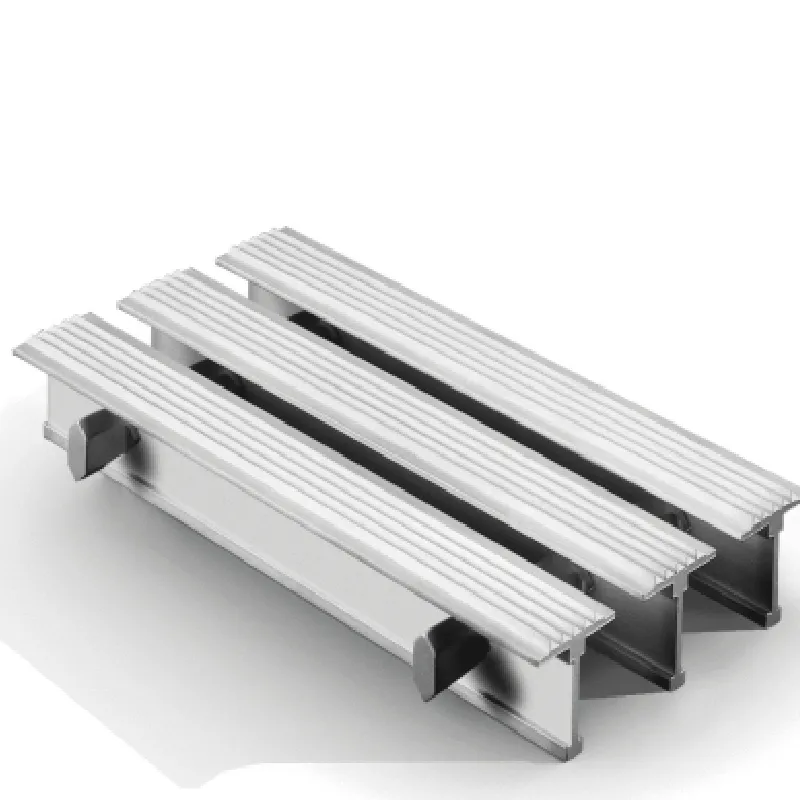- Industrial zone, South of Anping Town, Hengshui, Hebei, China.
- sales@hfpetromesh.com
- +86-18931809706
 Afrikaans
Afrikaans  Albanian
Albanian  Amharic
Amharic  Arabic
Arabic  Armenian
Armenian  Azerbaijani
Azerbaijani  Basque
Basque  Belarusian
Belarusian  Bengali
Bengali  Bosnian
Bosnian  Bulgarian
Bulgarian  Catalan
Catalan  Cebuano
Cebuano  Corsican
Corsican  Croatian
Croatian  Czech
Czech  Danish
Danish  Dutch
Dutch  English
English  Esperanto
Esperanto  Estonian
Estonian  Finnish
Finnish  French
French  Frisian
Frisian  Galician
Galician  Georgian
Georgian  German
German  Greek
Greek  Gujarati
Gujarati  Haitian Creole
Haitian Creole  hausa
hausa  hawaiian
hawaiian  Hebrew
Hebrew  Hindi
Hindi  Miao
Miao  Hungarian
Hungarian  Icelandic
Icelandic  igbo
igbo  Indonesian
Indonesian  irish
irish  Italian
Italian  Japanese
Japanese  Javanese
Javanese  Kannada
Kannada  kazakh
kazakh  Khmer
Khmer  Rwandese
Rwandese  Korean
Korean  Kurdish
Kurdish  Kyrgyz
Kyrgyz  Lao
Lao  Latin
Latin  Latvian
Latvian  Lithuanian
Lithuanian  Luxembourgish
Luxembourgish  Macedonian
Macedonian  Malgashi
Malgashi  Malay
Malay  Malayalam
Malayalam  Maltese
Maltese  Maori
Maori  Marathi
Marathi  Mongolian
Mongolian  Myanmar
Myanmar  Nepali
Nepali  Norwegian
Norwegian  Norwegian
Norwegian  Occitan
Occitan  Pashto
Pashto  Persian
Persian  Polish
Polish  Portuguese
Portuguese  Punjabi
Punjabi  Romanian
Romanian  Russian
Russian  Samoan
Samoan  Scottish Gaelic
Scottish Gaelic  Serbian
Serbian  Sesotho
Sesotho  Shona
Shona  Sindhi
Sindhi  Sinhala
Sinhala  Slovak
Slovak  Slovenian
Slovenian  Somali
Somali  Spanish
Spanish  Sundanese
Sundanese  Swahili
Swahili  Swedish
Swedish  Tagalog
Tagalog  Tajik
Tajik  Tamil
Tamil  Tatar
Tatar  Telugu
Telugu  Thai
Thai  Turkish
Turkish  Turkmen
Turkmen  Ukrainian
Ukrainian  Urdu
Urdu  Uighur
Uighur  Uzbek
Uzbek  Vietnamese
Vietnamese  Welsh
Welsh  Bantu
Bantu  Yiddish
Yiddish  Yoruba
Yoruba  Zulu
Zulu
- Afrikaans
- Albanian
- Amharic
- Arabic
- Armenian
- Azerbaijani
- Basque
- Belarusian
- Bengali
- Bosnian
- Bulgarian
- Catalan
- Cebuano
- Corsican
- Croatian
- Czech
- Danish
- Dutch
- English
- Esperanto
- Estonian
- Finnish
- French
- Frisian
- Galician
- Georgian
- German
- Greek
- Gujarati
- Haitian Creole
- hausa
- hawaiian
- Hebrew
- Hindi
- Miao
- Hungarian
- Icelandic
- igbo
- Indonesian
- irish
- Italian
- Japanese
- Javanese
- Kannada
- kazakh
- Khmer
- Rwandese
- Korean
- Kurdish
- Kyrgyz
- Lao
- Latin
- Latvian
- Lithuanian
- Luxembourgish
- Macedonian
- Malgashi
- Malay
- Malayalam
- Maltese
- Maori
- Marathi
- Mongolian
- Myanmar
- Nepali
- Norwegian
- Norwegian
- Occitan
- Pashto
- Persian
- Polish
- Portuguese
- Punjabi
- Romanian
- Russian
- Samoan
- Scottish Gaelic
- Serbian
- Sesotho
- Shona
- Sindhi
- Sinhala
- Slovak
- Slovenian
- Somali
- Spanish
- Sundanese
- Swahili
- Swedish
- Tagalog
- Tajik
- Tamil
- Tatar
- Telugu
- Thai
- Turkish
- Turkmen
- Ukrainian
- Urdu
- Uighur
- Uzbek
- Vietnamese
- Welsh
- Bantu
- Yiddish
- Yoruba
- Zulu
Durable Stair Grating Solutions for Safety and Performance
The Importance of Stair Grating in Design and Safety
Stair grating, often overlooked in architectural design, plays a crucial role in both the functionality and safety of staircases in various settings. Comprising a series of openings or perforations, stair grating is typically made from materials like metal, plastic, or fiberglass, which allows for enhanced drainage, reduces weight, and improves slip resistance. Its significance spans multiple aspects, including safety, aesthetics, and maintenance.
First and foremost, safety is the primary concern in any stair design. Stair grating provides excellent slip resistance, which is vital in environments that may be exposed to moisture or debris, such as outdoor staircases, industrial settings, or even residential areas. The textured surface of grating enhances foot traction, minimizing the risk of accidents. Stair grating is particularly beneficial in public buildings where high foot traffic increases the likelihood of slips and falls. By incorporating grating into stair design, architects can help ensure a safer environment for all users, particularly the elderly and those with mobility challenges.
In addition to safety features, stair grating supports effective drainage. In areas prone to rain or snow, water accumulation on surfaces can lead to hazardous conditions. Stair grating facilitates the quick drainage of liquids, preventing puddles from forming and further reducing slip hazards. This drainage function is essential in regions with fluctuating weather conditions, helping to maintain safe and accessible pathways.
stair grating

Besides functional benefits, stair grating also contributes to the overall aesthetic appeal of a building. Available in various designs, colors, and materials, grating can be tailored to fit different architectural styles and integrate seamlessly into a building’s design. For example, a modern industrial building might benefit from a sleek, metal grating, while a more traditional setting could utilize wooden grating. This versatility allows designers to create visually striking staircases that not only serve their purpose but also enhance the overall ambiance of the space.
Moreover, stair grating requires less maintenance compared to solid stair surfaces. Its open design helps prevent the accumulation of dirt and debris, simplifying cleaning processes. This is particularly advantageous in settings where hygiene is paramount, such as hospitals or laboratories, as it minimizes the risk of contamination and promotes cleanliness.
In summary, stair grating is an essential element of staircase design that should not be overlooked. It offers significant advantages in terms of safety, drainage, aesthetics, and maintenance. As architects and builders continue to prioritize user safety, incorporating stair grating into their designs is a prudent choice. By doing so, they not only adhere to safety regulations but also enhance the user experience. In a world where safety is paramount, stair grating stands as a testament to the importance of thoughtful design in creating secure and functional spaces.
-
Welded Steel Bar Grating: The Strongest Choice for Industrial FlooringNewsMay.21,2025
-
Steel Grating for Sale: The Ultimate Anti-Slip SolutionNewsMay.21,2025
-
Steel Frame Shaker Screens: Unmatched Durability for Demanding OperationsNewsMay.21,2025
-
Shaker Screens: Your Ultimate Solution for Oil & Gas FiltrationNewsMay.21,2025
-
Press Locked Steel Grating: The Smarter Choice for Heavy-Duty FlooringNewsMay.21,2025
-
Helicopter Deck Safety Nets: Protect Your Crew and EquipmentNewsMay.21,2025